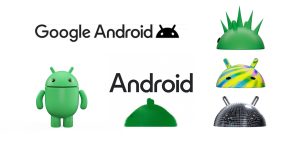

Through this big shift we’re in the middle of to a mobile world where native apps reign king, Google has held strong in its devotion to improving the user experience of the web. Today another example of that is a shift it’s making to penalize those sites which display app install interstitials that hide a significant amount of content.
Google in its blog post about the change says through analysis of its own data that it has found this aggressive push for visitors to install an app can be quite frustrating. This should be obvious but when you click on a link through Google to look at an article about blue whales, you’re expecting to see an article about blue whales, not an advertisement to download a mobile app. This action doesn’t even just hurt site visitors: it hurts Google because it’s a negative experience which started with them.
App install interstitials are essentially giant advertisements which overlay a page advertising something from the website owner. Typically you have the option to close these interstitials by clicking a tiny X icon, but these icons usually have small touch points and an extra click is still frustrating nonetheless. The most common reason site owners push interstitials on visitors is because their mobile apps are faster and/or include more features than their mobile web counterparts for one or several reasons.
Google instead recommends that site owners take advantage of app install banners available through Safari and Chrome to reach potential new users across both iOS and Android. The penalization of site rankings will begin on November 1st so owners won’t feel too blindsided.
FTC: We use income earning auto affiliate links. More.


Comments